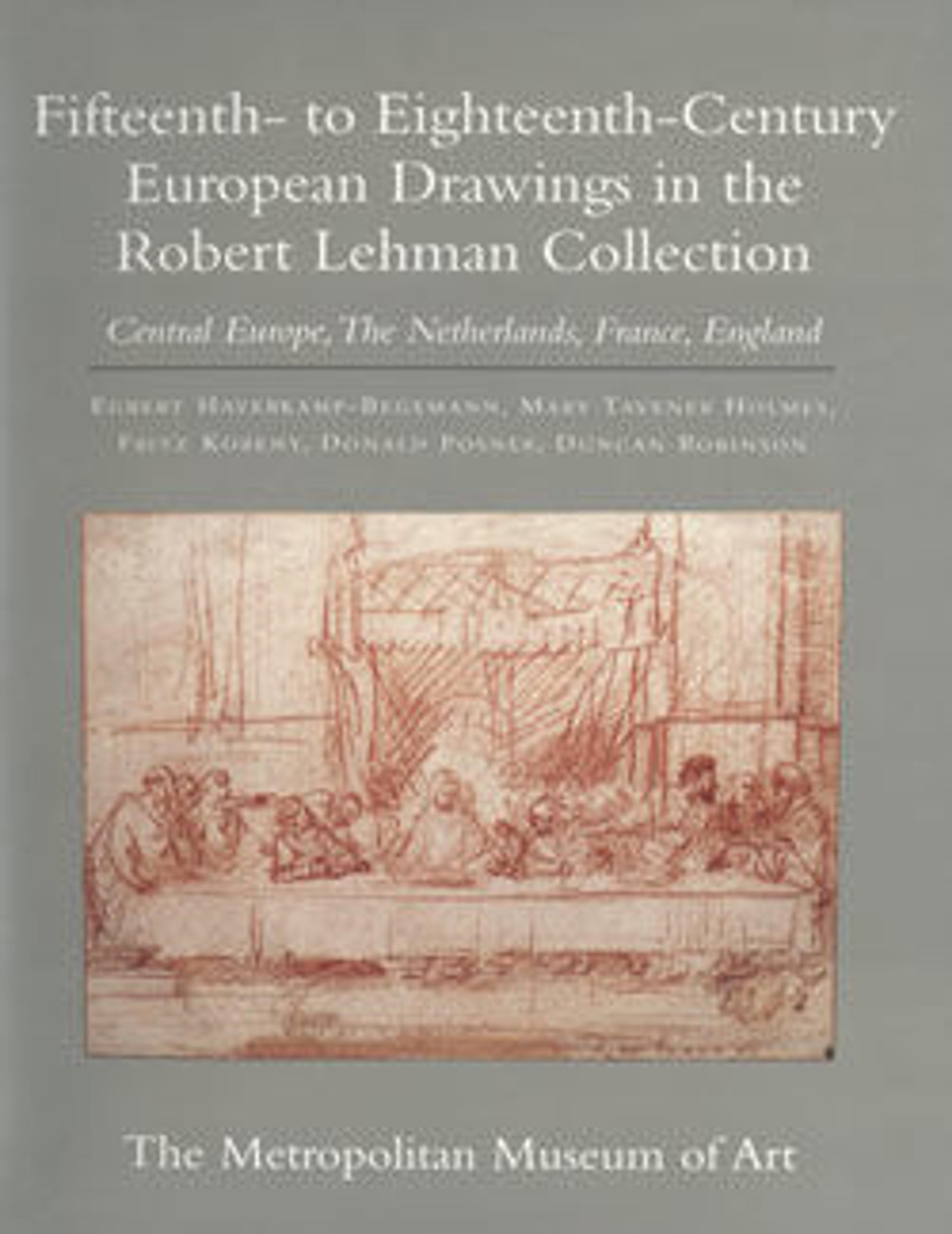Bust of Pseudo-Seneca
Rubens was deeply engaged with classical antiquity and the Italian Renaissance - subjects with which he acquired close familiarity during a stay in Italy from 1600 to 1608. The Flemish master produced numerous drawn copies after Renaissance and antique works. In his treatise, De Imitatione Statuarum (On the Imitation of Statues) Rubens argues for a profound knowledge and selective imitation of ancient sculpture. He also amassed an important collection of antique portrait busts. Among these is a celebrated Roman portrait then believed to represent the Stoic philosopher Seneca, which appears in a number of his paintings, prints, and drawings. This sheet, drawn after the Seneca bust, was preparatory for a series of engravings depicting portraits of twelve famous ancient Greeks and Romans, completed in 1638. It has been suggested that the black sketch is by Rubens’ hand, while the pen drawing was subsequently added by an assistant.
Artwork Details
- Title:Bust of Pseudo-Seneca
- Artist:Peter Paul Rubens (Flemish, Siegen 1577–1640 Antwerp) , and Assistant (?)
- Date:1600–1626
- Medium:Pen and brown ink over black chalk heightened with white, with brush and gray ink
- Dimensions:10 7/16 x 6 15/16 in. (26.5 x 17.7 cm)
- Classification:Drawings
- Credit Line:Robert Lehman Collection, 1975
- Object Number:1975.1.843
- Curatorial Department: The Robert Lehman Collection
More Artwork
Research Resources
The Met provides unparalleled resources for research and welcomes an international community of students and scholars. The Met's Open Access API is where creators and researchers can connect to the The Met collection. Open Access data and public domain images are available for unrestricted commercial and noncommercial use without permission or fee.
To request images under copyright and other restrictions, please use this Image Request form.
Feedback
We continue to research and examine historical and cultural context for objects in The Met collection. If you have comments or questions about this object record, please contact us using the form below. The Museum looks forward to receiving your comments.
